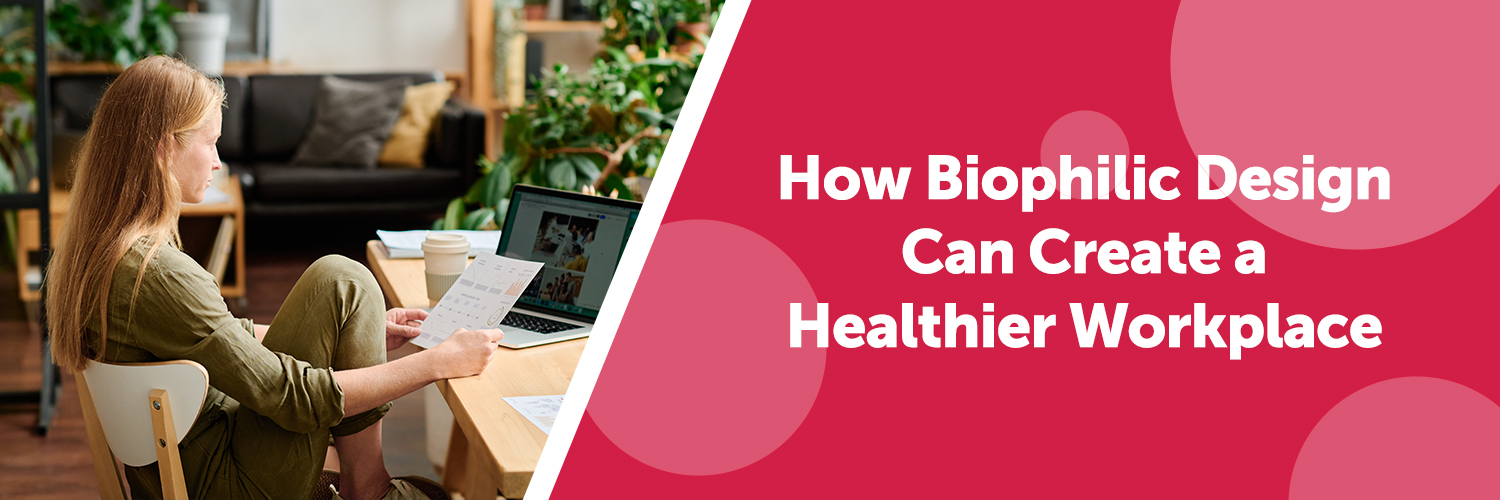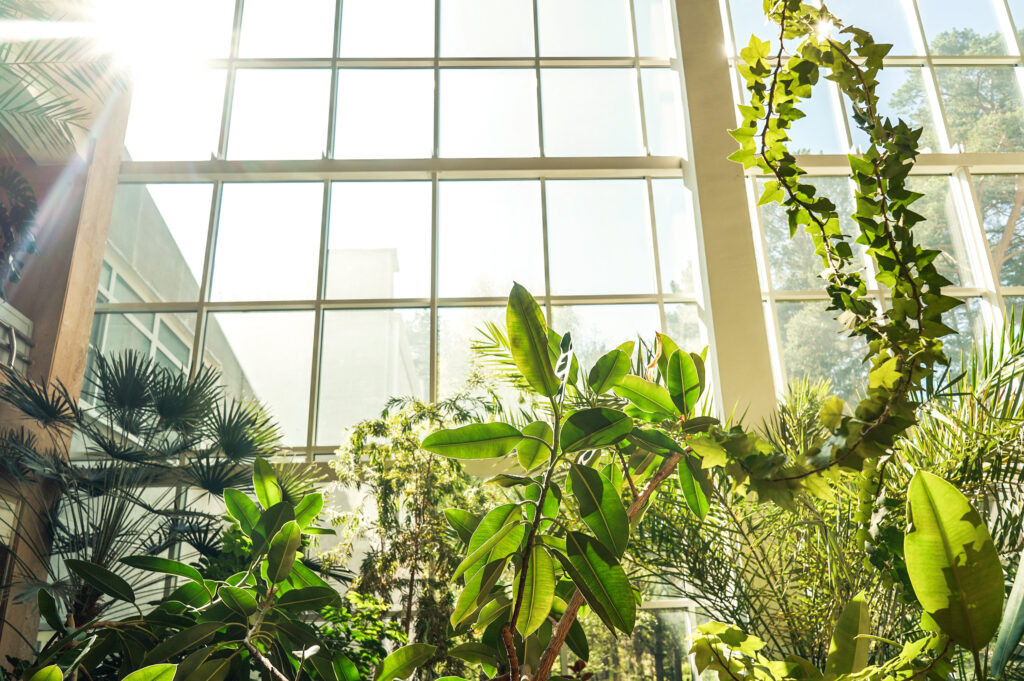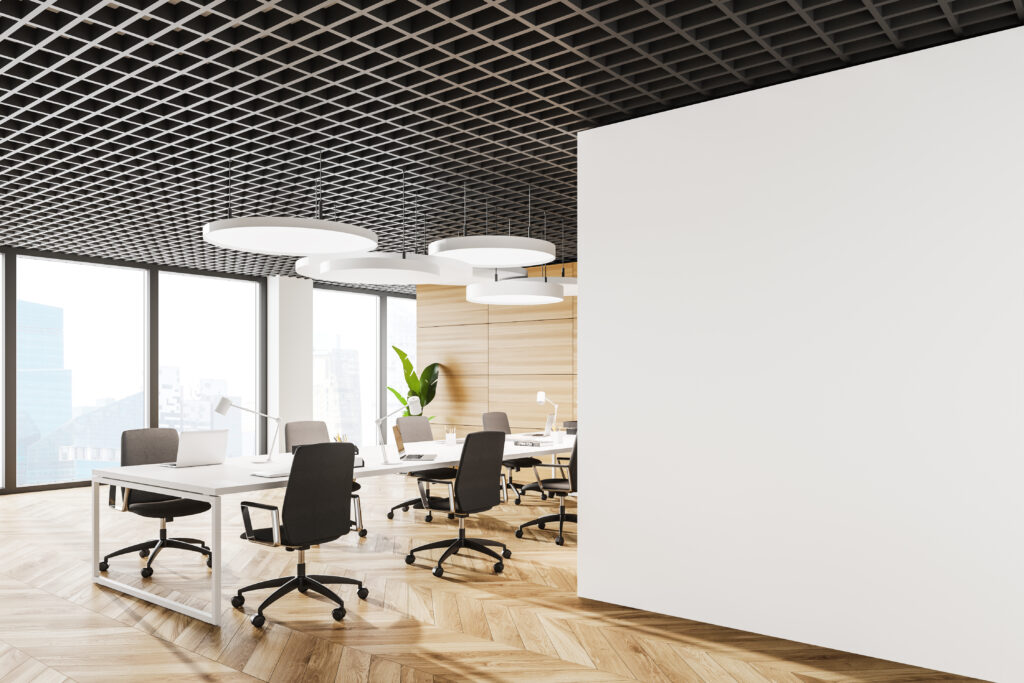As more workers have moved back to the office many of them are wondering how to access the privacy they felt in their home offices inside their corporate offices. It seems that hot-desking is out, and personal space is in. This doesn’t mean collaborative spaces or touchdown spaces have been shunned; quite the opposite is true. People want duality in their office layouts: collaborative spaces for meetings or those employees that thrive in a more populated environment, and quiet, personal spaces for those who prefer otherwise.
Privacy and Collaboration: Can You Have Both?

Open concept workplaces were designed with the best of intentions: to break down both the physical and social barriers among employees. This might have allowed for a senior level manager to be working at a desk next to a junior sales associate. And while this did not always make the most logistical sense, it meant that collaboration was always possible. Quick meetings could happen right across the table, without needing to book time in a conference room.
One of the key elements of office workplaces is the ability to create a sense of community among your co-workers in order to increase and encourage collaboration. However, it’s important to find balance between co-worker collaboration and personal privacy in order to keep morale high, bodies healthy, and productivity optimal in your workplace.
Workplaces for All
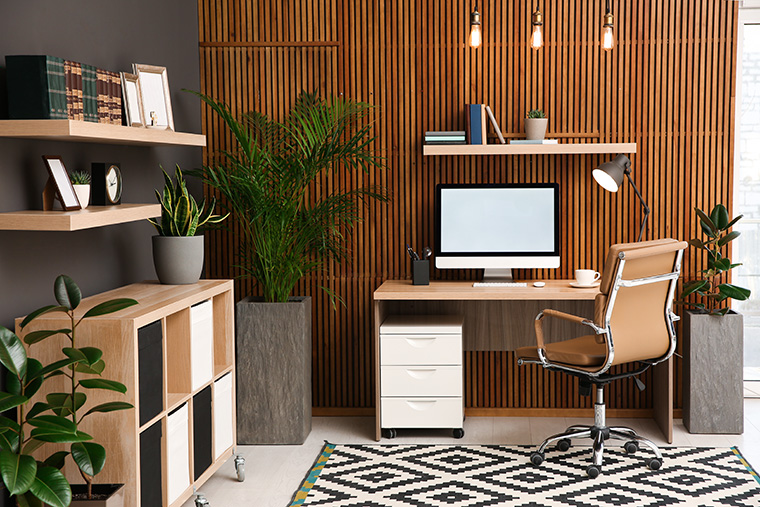
Many offices are shifting back from remote to in-office work, with the assumption that this will lead to increased productivity, better communication, higher quality of work, and more collaboration. However, there are also several risks involved with this change. With the increasing popularity of open office spaces over the past two decades, employees who need privacy to focus may be at a disadvantage or not get enough work done because their environment isn’t conducive to their way of working.
Additionally, research has shown that staying healthy in the office can help you stay healthy outside of the office, and tightly packed open spaces can potentially incubate and transfer sickness. The lack of private spaces in the workplace can make it difficult for people to take care of themselves, even by getting things like proper meal breaks, which can drastically improve both physical and mental health in the long run.
Balancing Privacy and Collaboration
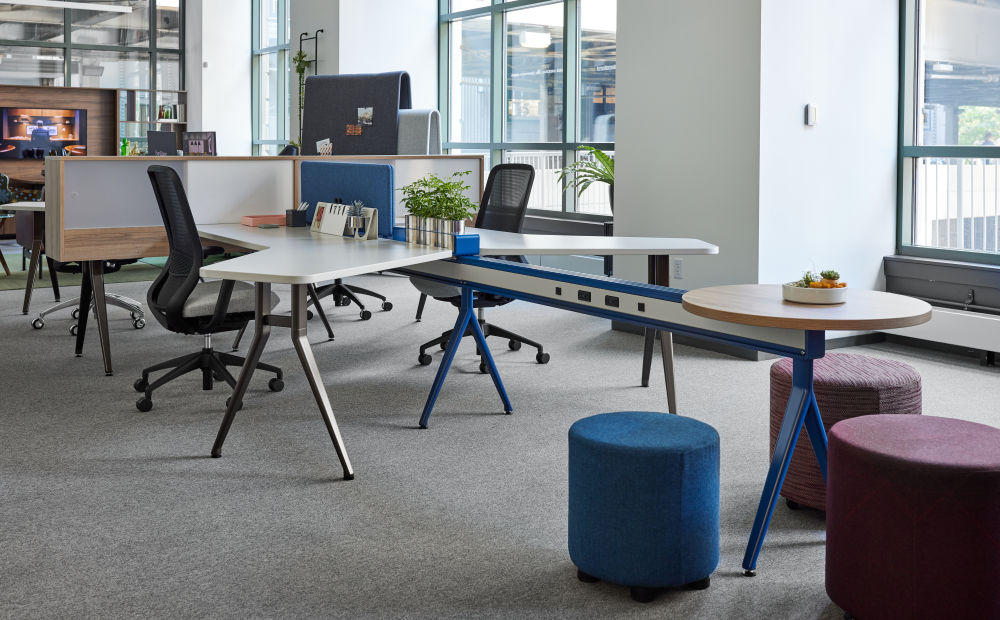
Collaboration can be more effective when there are spaces dedicated to it and separate spaces dedicated to privacy. Touchdown spaces, namely larger conference rooms, lounges, small meeting spaces, etc., can be used for easy and accessible collaboration. However, creating dynamic workspaces with cubicles can offer a level privacy to them by having dividers that are tall enough so you can’t see over them. Open space should also be an option to promote creativity for those who wish to work in a more collective environment, which can create a collaborative vibe while still maintaining a sense of personal space. In this way, the three types of workplaces have been accounted for: personal workspace (i.e., cubicles), team workspace (i.e., touchdown spaces), and communal workspace (i.e., open spaces).
You Can Still Have Your Own Space
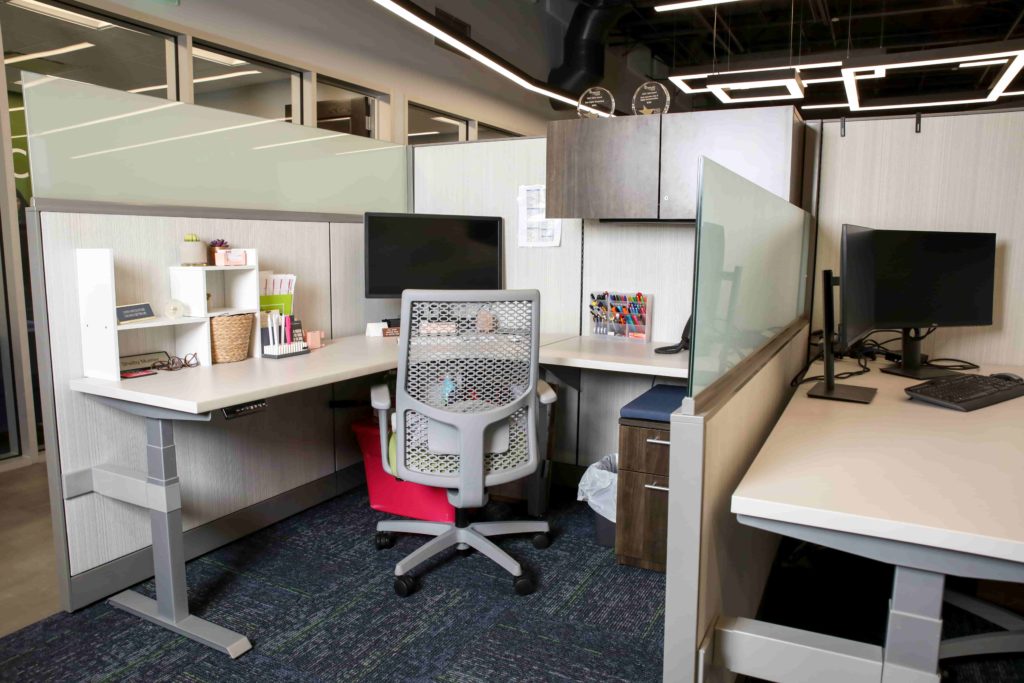
Privacy is a necessary aspect of a healthy, happy office environment. Many people have become accustomed to a home office, with privacy and personal space being paramount. Not having personal space can result in increased stress levels due to a lack of privacy and increased stress can lead to lower sales, decreased morale, and a plummet in productivity. Having a dedicated personal space prevents hot-desking, when several people share one workspace while the others are away. It keeps your desk as your own all day, every day, which makes coming to work more peaceful because you have a space that’s yours, as opposed to a desk in the open area where anyone can take it over. With personal spaces, employees can store personal items at their desks like snacks, family photos, goal charts, and more to improve their daily efficiency.
Tips for Creating an Office Environment That Supports Both Privacy and Collaboration
As businesses continue to grow, office space can become a commodity. When that happens, it’s important to find a way to balance privacy with collaboration. Having spaces designated for both makes it easier for employees to work together while still having their own space, which improves not only productivity, but also morale. When you give your employees what they need, they feel appreciated. Offering cubicles, having separate spaces, offering quiet rooms, touchdown spaces, and small meeting rooms, are all ways you can create an environment that supports both privacy and collaboration in the modern workplace.


